Through this key card access control system overview and guide, you can understand the key card format, advantages, and disadvantages, and evaluate the access control requirements. In this article, you will fully understand the key card input system and key card format. iLockey is the supplier of a modern cloud-based access control system, which summarizes the existing access card technical guidelines. Use this guide to understand the access card format and its advantages and disadvantages, and evaluate your key card system requirements.
1. Working Principle of Key Card
In the whole process of technology development, the key has taken many forms. Therefore, the same is true for the entire key card access control system.
For example, some of you may use the key chain to enter your parking lot. Others may have a key card printed with your photo to enter your office building. When you go to the hotel, you will probably swipe a magnetic stripe card into your room.
Yes, these are key cards. The purpose is the same: to manage access to specific areas.
- All key cards work on the same basic principle.
- Present a token (e.g. plastic key card or remote key) to an electronic access control device called a card reader.
- Electronic codes are stored on the key card as digital credentials.
- Data can be stored and transmitted through Wigan wire, RFID microchip, or magnetic stripe.
- When the key card is swiped or close to it, the reader reads the code and sends the data to the controller.
- Based on the matching type of credentials, the controller sends a signal to the electronic lock.
- When there is a positive match, access authority is granted by unlocking the door remotely, Or limiting when there is no match.
2. Type of Key Card Entry System
Key cards can be divided into different types according to the technology used to store data and communicate with card readers.
1) RFID Key Card
RFID stands for “radio frequency identification”. The data is stored in a microchip commonly called an RFID tag. There are many variants of RFID cards, especially when it comes to key card input systems. RFID technology is used by all key cards except Wiegand and Magstripe for data transmission, but their mechanisms differ.
- Technology
RFID technology uses radio frequency waves to read and transmit data. An RFID card uses the radio frequency band of 125 kHz if it is an inductive card, 13.56 MHz if it is a smart card, and 860 960 MHz if it is a high-range card.
- Application
RFID cards, badges, and tokens are used in a wide variety of applications, including key card access control systems, logistics and supply chain management, inventory and asset tracking, material management, animal tracking, ticketing, marketing, health care, law enforcement, and more.
Printing and encoding: RFID cards can be printed using a printer similar to a card printer. Some of these can be encoded by users, while others can be precoded by providers. A RFID tag can store 96 or 128 bits of data (for license plate labels) or 64000 bits (for access control applications with high levels of security).
- Advantage
Compared with pen and paper access control systems, it reduces manpower and errors. You can read without sight. The RFID reader can read multiple RFID tags at the same time. There is no need to swipe or insert the card reader. Some types of RFID cards are contactless, such as smart cards.
- Limit
RF signals can be encrypted, but most RFID cards are not encrypted. The information stored in a key card can be retrieved by anyone within range who owns a card reader, since RFID cards do not have mutual authentication. Cloning RFID cards is easy in most cases.
2) Contactless Card for Access Control
The key card entry system has three types of contactless cards or badges. These can be read from a distance without inserting a reader. They all use RFID protocol, but use different technologies to store and read data. They are inductive cards, smart cards, and NFC cards.
3) Inductive Card
Unlike swipe cards, inductive cards do not require insertion into a card reader like smart cards or proxcards. The induction card often works on the 125 kHz LF frequency band. These are read-only non-contact cards or badges that can store limited information.
A typical sensor card can read up to 15 inches (<50 cm). They have the same advantages, limitations, and working mode as RFID cards, but do not need to insert a reader.
4) Smart Card
The smart card includes a microcontroller instead of an RFID interface. The reading distance of the contactless smart card can be up to 4 inches (10 cm). A typical smart card has 8k storage capacity and 8-bit computing capacity.
- Technology
Microcontrollers allow smart cards to perform sophisticated functions, such as managing, storing, encrypting, and providing secure data access. This technology also allows the card to authenticate the reader and prove its authenticity, which makes smart cards safer than RFID tags because they play a role in the key card access control system.
- Security
The information stored in the smart card and the communication between the smart card and the reader can be encrypted. To detect and respond to attempts at tampering, smart cards contain various hardware and software functions. The smart card can verify the permissions of the device requesting information, and then only allow access to authorized information.
- Application
Bank cards, government IDs, passports, and key cards and keychains for access to secure facilities are examples of smart cards used in applications requiring a higher level of information and communication security.
- Code
Smart cards are capable of reading, writing, and modifying data and information. An access control management and security application can be run on the computer using the smart card reader connected via a USB cable.
- Advantage
Because of encryption and mutual authentication, it is more secure than RFID and swiping cards. It can work remotely and provide non-contact functions. Some advanced types (such as optical cards) can store several megabytes of data. Overcome the limitations of the 125 Khz sensor card and make it easy to clone.
- Limit
It is not uncommon for smart cards to be lost, misplaced, stolen, or forgotten, despite the fact that they cannot be cloned or forged. In comparison to proxy cards or mobile-based vouchers, high-frequency cards can be more expensive.
- Higher locking
Since these cards use proprietary encryption, readers and card suppliers are unable to access them.
5) NFC Key Cards and Devices
NFC (Near Field Communication) card, sometimes referred to as NFC smart card, can be read by a smartphone or other NFC-enabled devices. A writable NFC chip is embedded in these cards so they can be read and stored by smartphones that are NFC-enabled.
- Technology
NFC cards communicate through RF signals. In this sense, they are also RFID cards. The main difference from RFID cards is that NFC devices can act as labels and simulate cards. NFC operates on the HF 13.56MHz band.
- Application
NFC technology is used for contactless payment, access control, embedded advertising, loyalty programs, the Internet of Things, labor management, and many other applications.
- Access control
NFC-enabled mobile devices can be configured to simulate key card access systems for security access control. Users must contact the NFC token with the NFC reader or bring it within 0.39 inches (<4 cm) from the reader to read data.
NFC is sometimes used in combination with Bluetooth and WiFi to improve the data transmission speed between the NFC card simulator and card reader.
- Advantage
The main advantage over RFID is that the NFC card can be read by a smartphone or PC that supports NFC. NFC devices can simulate access control cards. Many mobile access control systems use NFC technology.
- Limit
NFC is more secure than ordinary RFID cards, but if an attacker successfully invades your mobile phone or computer, it may be attacked by hackers. Another limitation is the slow data transmission speed compared with Bluetooth, WiFi, and microprocessor-based contactless smart cards.
6) Sensing Card and Smart Card and NFC Card
The inductive card, chip-based smart card, and NFC card are non-contact cards, which can be read without inserting the card into the card reader. They are used for physical access control, but they work differently.
- Sensing card 13.56 Mhz smart card NFC card
- Read distance (air interface) up to 15 inches Read range up to 4 cm
- Most non-transmission passive cards can be passive or active cards with transmitters
- Including an RFID tag an intelligent microcontroller including an NFC tag
- Most read-only cards can read or write
- No encryption data can be encrypted using algorithm encryption that can support encryption
Store only the facility code and card number. In addition to the facility code and card number, it can also store the facility code, card number, resume information, password, or currency value. It can store the customizable data that can be used by the computer for application programs such as PIN code verification or start application programs.
The device that cannot verify the requested information can authenticate the device that requests the information, and only provide the authorized data of the specific device to verify the identity of the requester before transmitting the data.
7) Hybrid Key Card
Hybrid key cards use a variety of technologies to achieve a variety of specific applications. Chips can be used for withdrawing funds, storing account information, and storing purchases on magnetic stripe cards. Contact-based and contactless smart cards or UHF and LF can be used together to provide greater flexibility, especially because it is related to the key card input system.
8) Wigan Key Card
Don’t be confused with the Wieganka format used to transmit data in the access control system. Wieganka is based on a magnetic phenomenon called the Wiegan effect. They use low-carbon Vicalloy (a ferromagnetic alloy of cobalt, iron, and vanadium) to store unique numbers that can be read by Wigan readers. The filament of the Wigan wire is embedded in the plastic key card to create a unique binary code associated with a specific person or item. Wieganca is the earliest version of the key card, which was launched in the 1970s. Because of their simplicity and durability, they have been used today.
- Wigan effect
In 1970, American inventor and musician John Wigan discovered that when a specially processed ferromagnetic alloy (Wigan wire) was exposed to a reverse magnetic field, it would suddenly turn to the opposite polarity in a few microseconds.
- Early application
Early versions of the plastic key card embedded a short length of Wigan wire. These wires are arranged into an array representing binary numbers. The existence of the wire indicates 1, and the empty slot indicates 0.
- Read Wegenka
When the card is swiped through the card reader, it will be exposed to the magnetic field, thus triggering the polarity reversal of the embedded Wigan wire. The card reader detects polarity reversal, so it can read the unique binary number hardwired to the key card.
- How Wieganka was coded
Wieganca cannot print with a modern key card printer. Wegeners is permanently embedded in the card and cannot be copied. Wieganca has been largely replaced by more advanced credential technologies, such as magnetic stripe and RFID. However, traditional access control systems continue to use the Wiegand protocol as the wiring standard for card readers and controllers.
- Easy to use
It cannot be easily copied or cloned. Longer life than magnetic stripe cards and RFID cards.
- Limit
Wieganca can only store limited information. They cannot be written or programmed by applying a magnetic field. The Wigan protocol does not encrypt data, so the data can be read by any Wigan reader near the card.
9) Magnetic Stripe Card
Magnetic stripe cards, sometimes called swipe cards or magnetic stripes, record credentials by modifying the magnetism of the tiny iron particles embedded in the magnetic material strip on the card.
- Magnetic recording technology
Card swiping uses magnetic recording technology used in 1960s tapes to store data. When swiping the card, the data stored on the magnetic strip is read by the magnetic head similar to that used in the old tape player.
- Application of magnetic stripe card
The swipe card developed by IBM nearly 50 years ago is still used in credit cards, ID cards, hotel key cards, membership cards, and transportation tickets.
- The coding method of swiping the card
Organizations can print and encode their own cards using magnetic stripe cards, ID software, and ID card printers with magnetic encoders.
- Advantage
The main advantage is that the data on the magnetic strip can be encoded after the card is manufactured.
Card swiping can also accommodate more data than the typical Wigan card.
- Limit
Magnetic stripe cards need to be physically inserted into the card reader and may wear faster than non-contact cards. The data on them may be damaged by stray magnetic fields.
3. Select the Key Card to Enter the System
Here are some precautions when selecting a key card access control system for your facility.
1) The Cheapest Installation
Use the low-frequency proxy cards to obtain the lowest installation cost. These key cards have the lowest cost to access the system. However, in addition to the high operating costs of replacing lost and stolen cards, they also face serious security risks.
2) Best Key Card
High-frequency card formats, such as 13.56 Mhz encryption cards, provide high security because they cannot be copied or cloned. These cards are more expensive and may require more expensive card readers. They also often suffer from supplier lock-in.
3) Modern Key Card Deployment
In 2020, mobile credentials will become mainstream, and most companies want to use smartphones for access. Face recognition is also used to access hundreds of millions of Apple phones through Face ID, and similar technologies are being used to build access. iLockey provides access control and mobile credentials based on secure face recognition.
4. Replacement of Key Card Entry System
The key card entry system was revolutionary at the beginning of its birth. It provides greater flexibility in accessing multiple sites and can be reconfigured as needed. However, with the progress of technology, we are also able to provide better and safer solutions.
1) Disadvantages of Key Card
The key card is a traditional technology, and people in the market have gradually lost interest in modern and durable solutions. In this regard, with the progress of access control technology, the key card access control system shows its limitations:
- Key cards, badges, and key cards are always lost. An average of 40000 employees and enterprises lose more than 10000 cards every year
- Most cards can be easily cracked and cloned using cheap RFID readers
- It is painful to deactivate lost or expired cards and issue new ones
- The cost of creating and sending cards can be incredible
- Missing or misplaced cards are an imminent security threat
2) Face Recognition Entry System
With the progress in the field of computer vision, face recognition access control has become increasingly popular with its advantages of high security and low friction.
The cloud-based facial recognition solution is changing the way we view access control and security. As a cost-effective option, we provide a unique access control experience for all types of facilities.
3) Mobile Access Control Credentials
Cloud-based access control makes it possible to use the credentials on the mobile phone for access. Mobile access control eliminates the need for additional tokens (key cards, remote keys, etc.), and makes use of the devices that 93% of Americans have always carried.

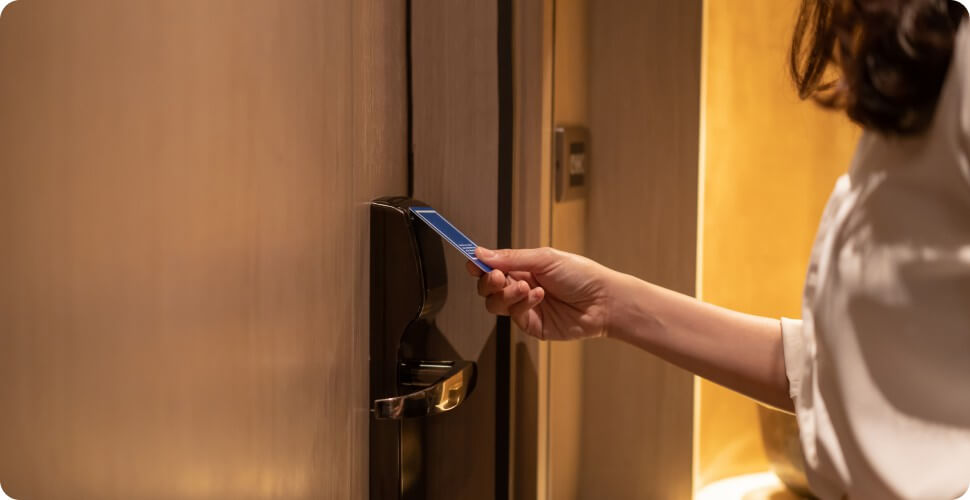
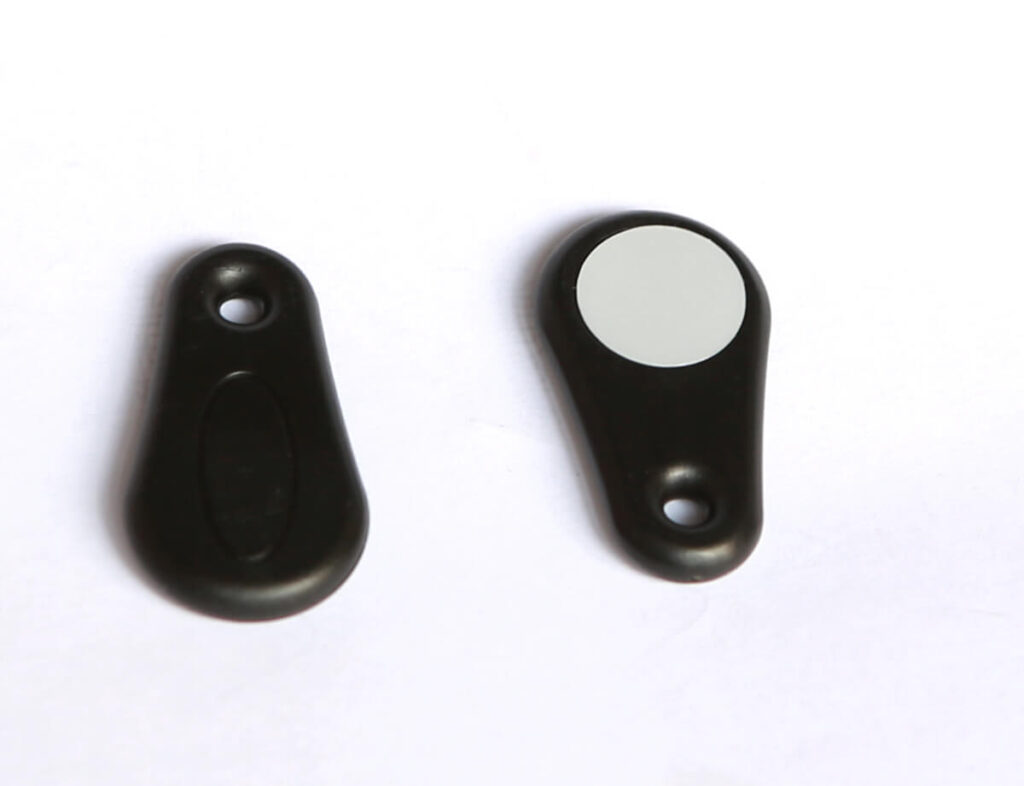
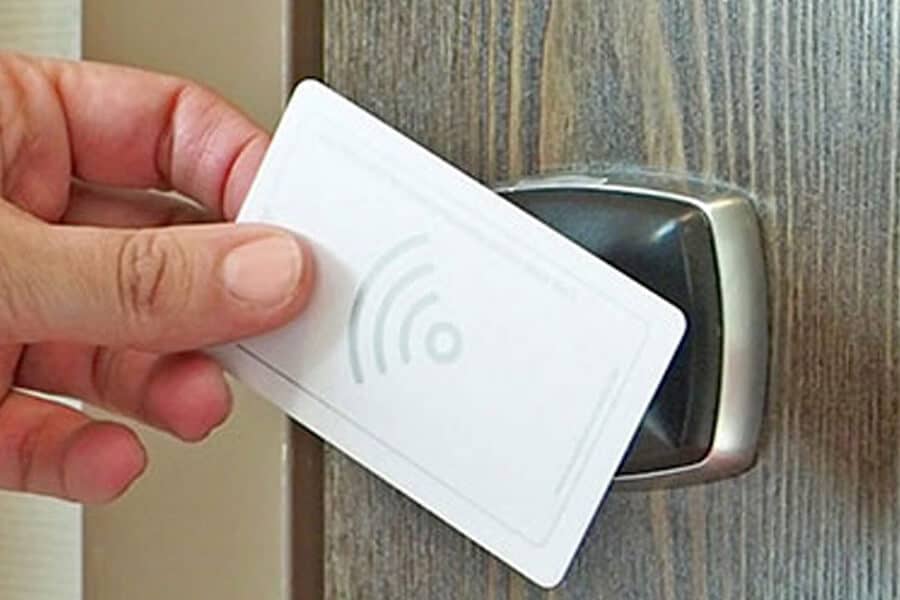
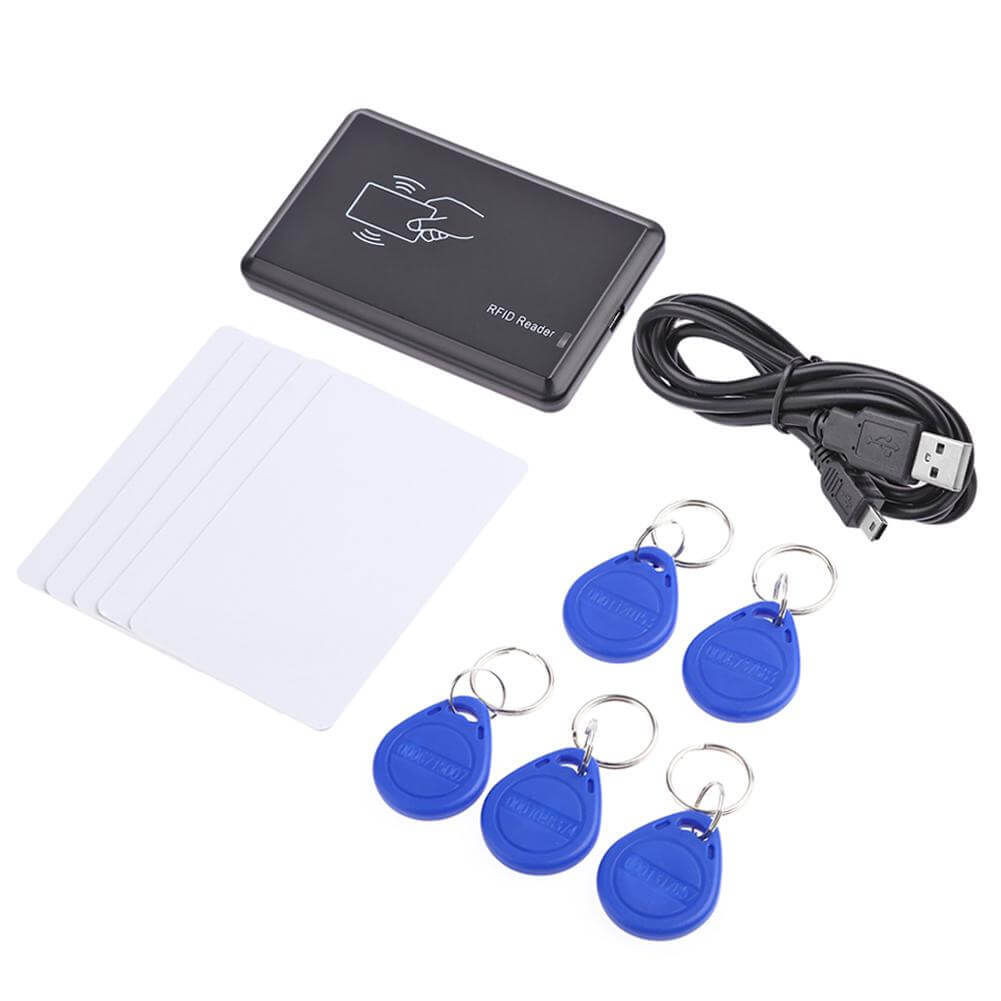
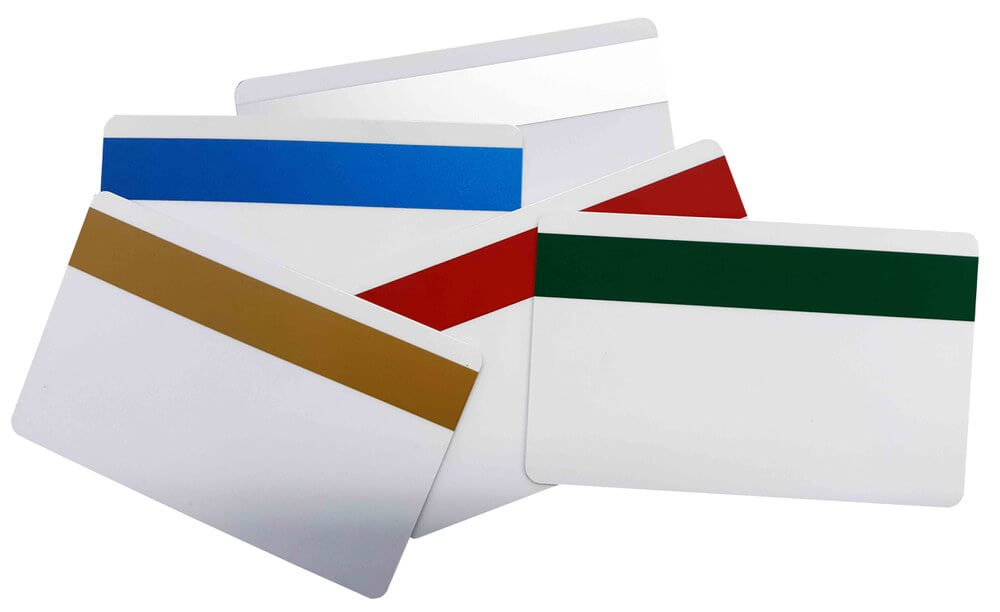
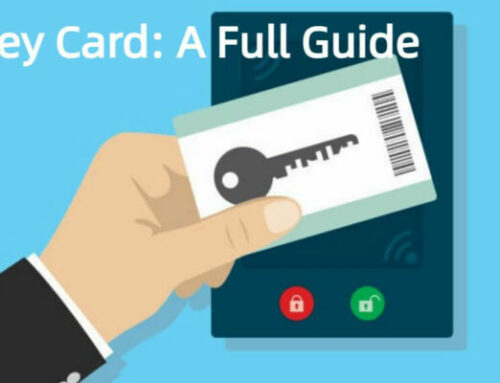
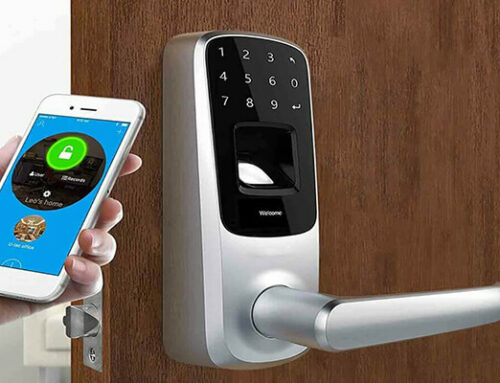
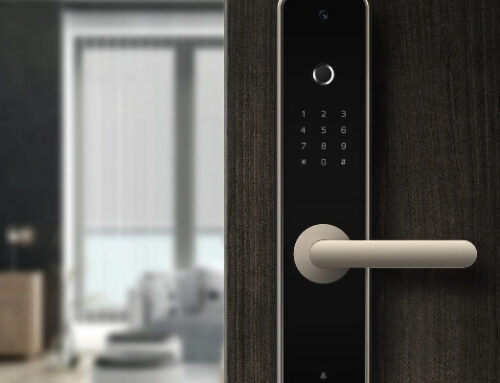
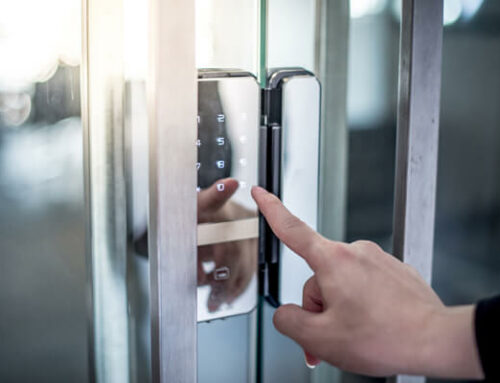
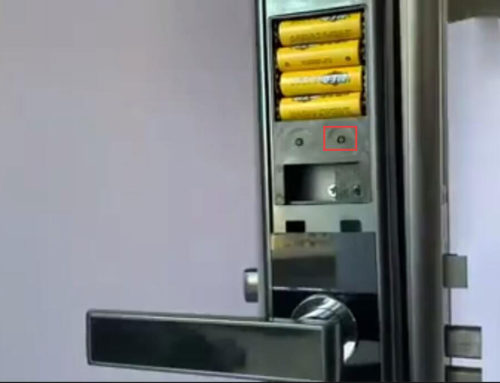
Leave A Comment